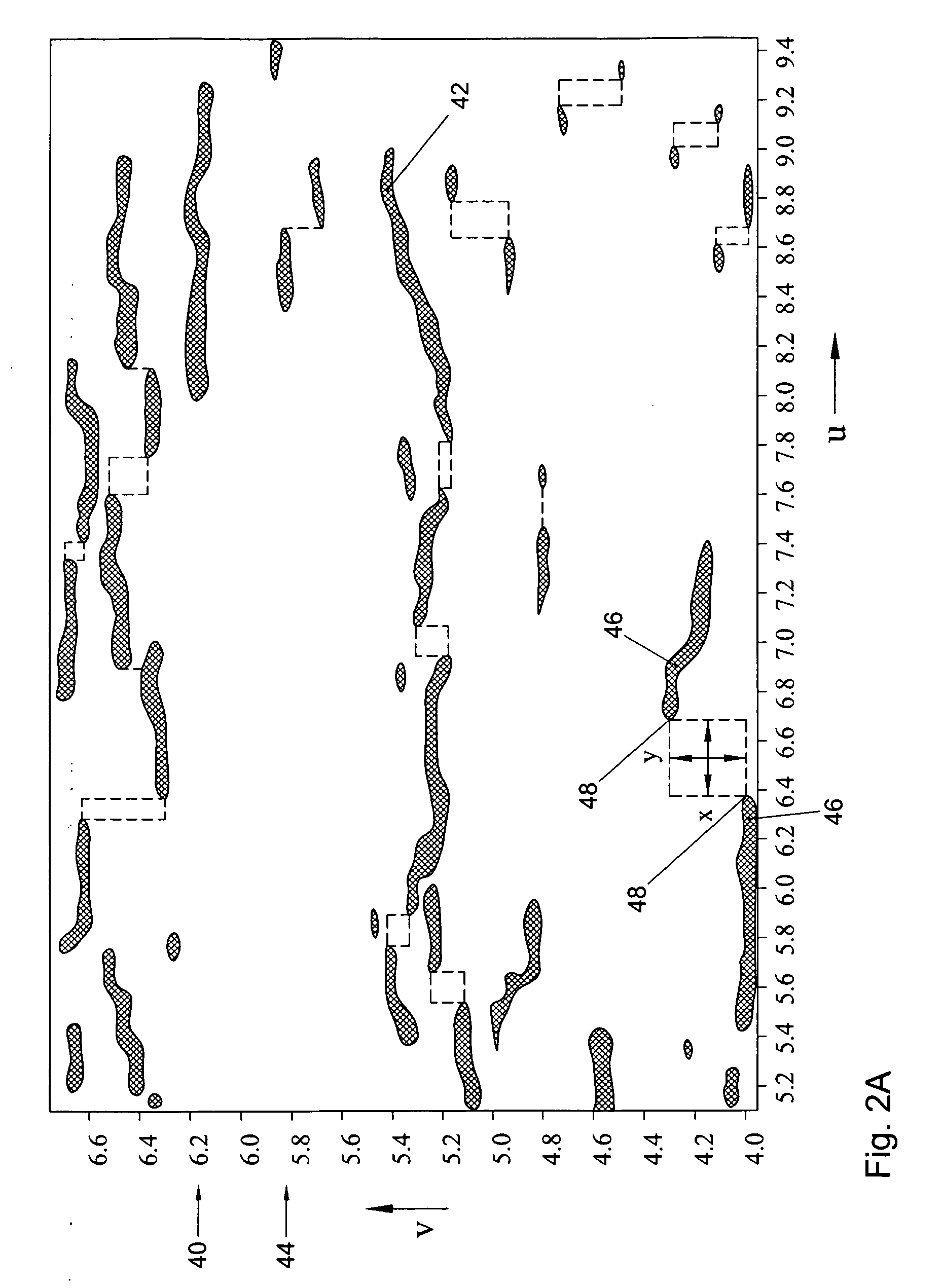Method and system for non-destructive inspection of a colony of stress corrosion cracks
a stress corrosion crack and colony technology, applied in the direction of mechanical roughness/irregularity measurement, applications, instruments, etc., can solve the problems of inability to accurately measure no reliable and widely accepted assessment tools exist for evaluation, and no reliable and widely accepted tools exist for measuring the depth of the crack
- Summary
- Abstract
- Description
- Claims
- Application Information
AI Technical Summary
Benefits of technology
Problems solved by technology
Method used
Image
Examples
Embodiment Construction
[0040]FIG. 1 shows a schematic representation of an embodiment of an inspection system 1 for non-destructive inspection of a colony of stress corrosion cracks in an object. In this example the object is a carbon steel or stainless steel pipe 2. The pipe may e.g. be part of a pipeline, such as a pipeline for natural gas or crude oil. The object may also be a vessel such as a column or storage tank, e.g. in a chemical plant. The object in this example thus has a steel wall 4.
[0041]The inspection system 1 comprises a mapping detector 6 for mapping the colony of stress corrosion cracks. In this example, the mapping detector 6 comprises an electromagnetic mapping detector comprising a first electromagnetic transducer 8 for applying an electromagnetic field in the steel wall 4, and a second electromagnetic transducer 10 for receiving a resulting electromagnetic response of the steel wall 4. The electromagnetic mapping detector 6 is arranged for outputting mapping data representative of th...
PUM
| Property | Measurement | Unit |
|---|---|---|
| pulse energy | aaaaa | aaaaa |
| wavelength | aaaaa | aaaaa |
| frequency | aaaaa | aaaaa |
Abstract
Description
Claims
Application Information
 Login to View More
Login to View More - R&D
- Intellectual Property
- Life Sciences
- Materials
- Tech Scout
- Unparalleled Data Quality
- Higher Quality Content
- 60% Fewer Hallucinations
Browse by: Latest US Patents, China's latest patents, Technical Efficacy Thesaurus, Application Domain, Technology Topic, Popular Technical Reports.
© 2025 PatSnap. All rights reserved.Legal|Privacy policy|Modern Slavery Act Transparency Statement|Sitemap|About US| Contact US: help@patsnap.com



